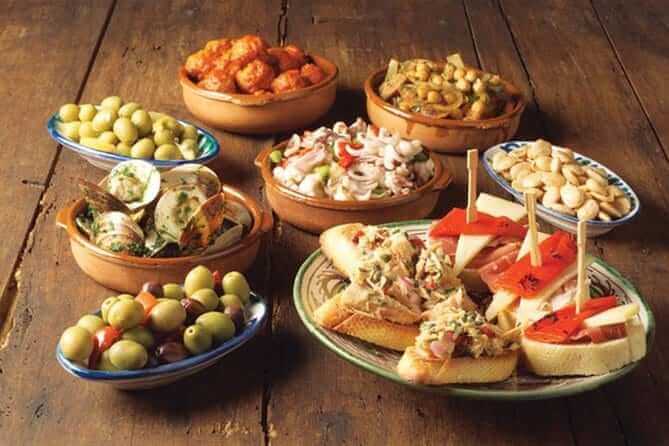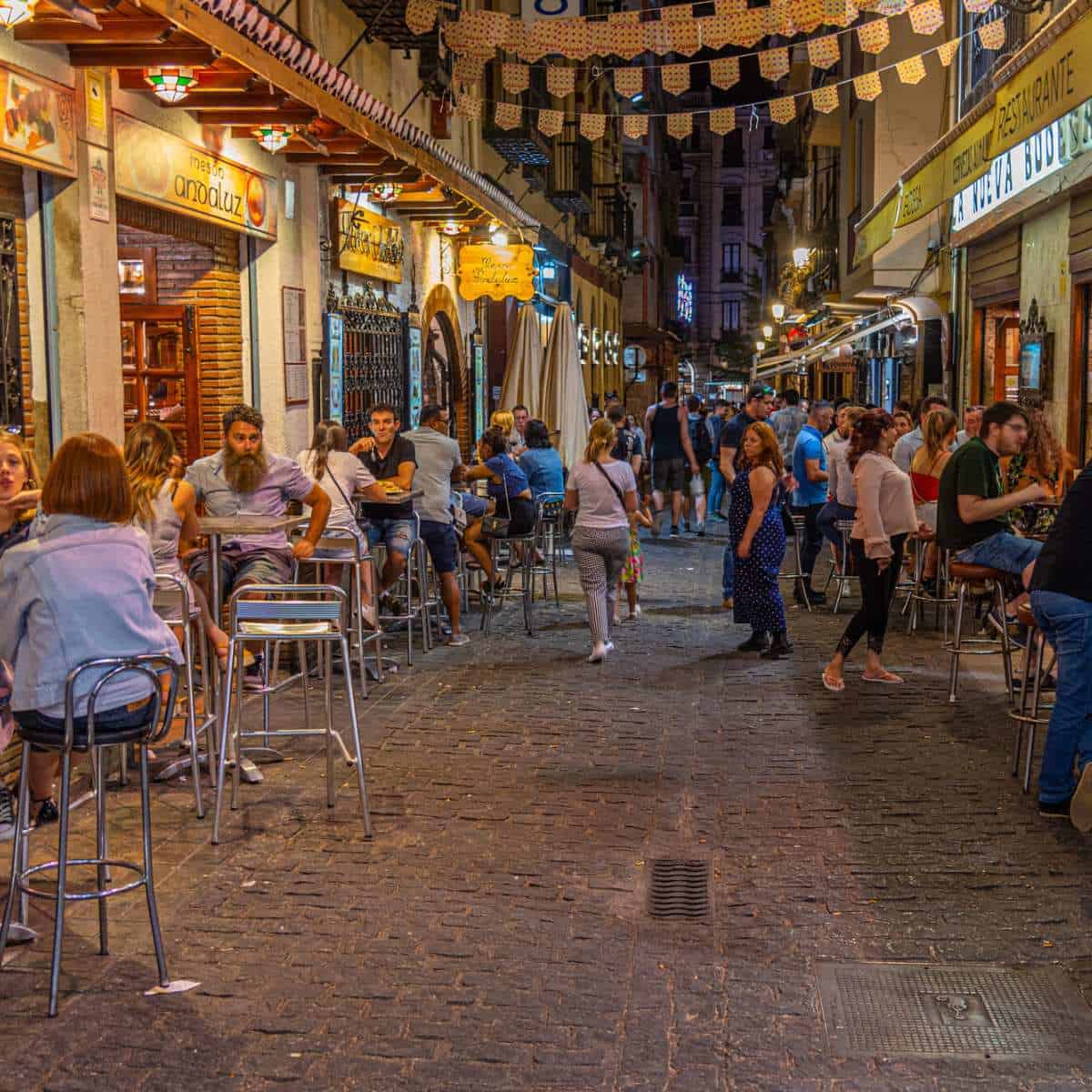Granada has a diverse range of delicious cuisine to choose from. It’s a great city to experiment with different flavor profiles and traditional cuisine from many cultures. However, if you are interested in trying Arabian foods and drinks in particular, Granada is the place to go.
Brief History of Moors in Granada
Moors arrived in Spain beginning in 711 A.D. Within a few years, they had successfully seized control of most of the Iberian Peninsula, renaming it al-Andalus. They remained in al-Andalus for centuries, though the amount of territory they controlled was greatly reduced during the Reconquista in the Middle Ages. They held more power in southern Spain, and in Granada especially. Granada was home to the last taifa kingdom (basically kingdoms ruled by Muslims) before the city was captured by the Christians in 1492. Moors were expelled from Spain in 1609.
Throughout the roughly 900 years Moors and Arabs inhabited Spain, they greatly contributed to the rich cultural scene present in the peninsula. Granada in particular features a lot of Arab and Moorish influence, particularly in art, architecture, and food. Here are a few examples of Arab influence in Granada’s cuisine:
1. Teterías
Teterías, or tea houses, in Granada are famous for serving tea, other drinks, and light foods that provide a taste of Arab culture. From Turkish lemonade and coffee to traditional Arab meals and sweets, these tea shops have everything you could think of. While there are some pricier locations, there are also some very nice budget-friendly options perfect for students with limited spending ability.
For a list of recommended teterías and their reviews, click here.

2. La tortilla del Sacromonte
La tortilla del Sacromonte is a type of omelet unique to Granada. Traditionally, the most important ingredients are the sheep brains and testicles; however, it is now being made with pig or cow brains and testicles as well, though some say it’s not la tortilla del Sacromonte if it’s not made with sheep. This dish is thought to have originated in the cave-dwelling village of Sacromonte in Granada. Muslims established the neighborhood after being exiled from Baza in the 1500s.
For a recipe of la tortilla del Sacromonte, click here. For more information about the village of Sacromonte, click here.

3. Gazpacho
Gazpacho is a type of cold tomato soup. It also includes peppers and cucumbers, and it’s typically served with bread. Gazpacho’s cold nature pays homage to the warm Mediterranean climate found in Granada. Granada also has a special variety: beans and dried cod are typically added to the soup. Gazpacho is pretty easy and inexpensive to make – perfect for students wanting to eat a homemade meal.
For a recipe, click here.

Want to learn more about Granada? Click here.
Bibliography
DBpedia. “About: Taifa of Granada.” dbpedia.org, https://dbpedia.org/page/Taifa_of_Granada. Accessed 14 April 2025.
Escuela Delengua. “Learn about the typical food of Granada and how to cook it yourself!” Spanish School Delengua, https://www.delengua.es/spanish-courses-spain/granada/typical-food-of-granada.html. Accessed 14 April 2025.
Food Lover Tour. “The history behind Sacromonte and its tortilla.” Food Lover Tour, https://foodlovertour.com/blog/the-history-behind-sacromonte-and-its-tortilla/. Accessed 14 April 2025.
lovegranada.com. “Teahouses in Granada – Best Authentic Moorish Tea Rooms.” Love Granada, 1 April 2024, https://www.lovegranada.com/food/granada-teahouses/. Accessed 14 April 2025.
“Muslim Journeys | Item #218: ‘Moors’ from Oxford Islamic Studies Online”, April 14, 2025 http://bridgingcultures-muslimjourneys.org/items/show/218.


